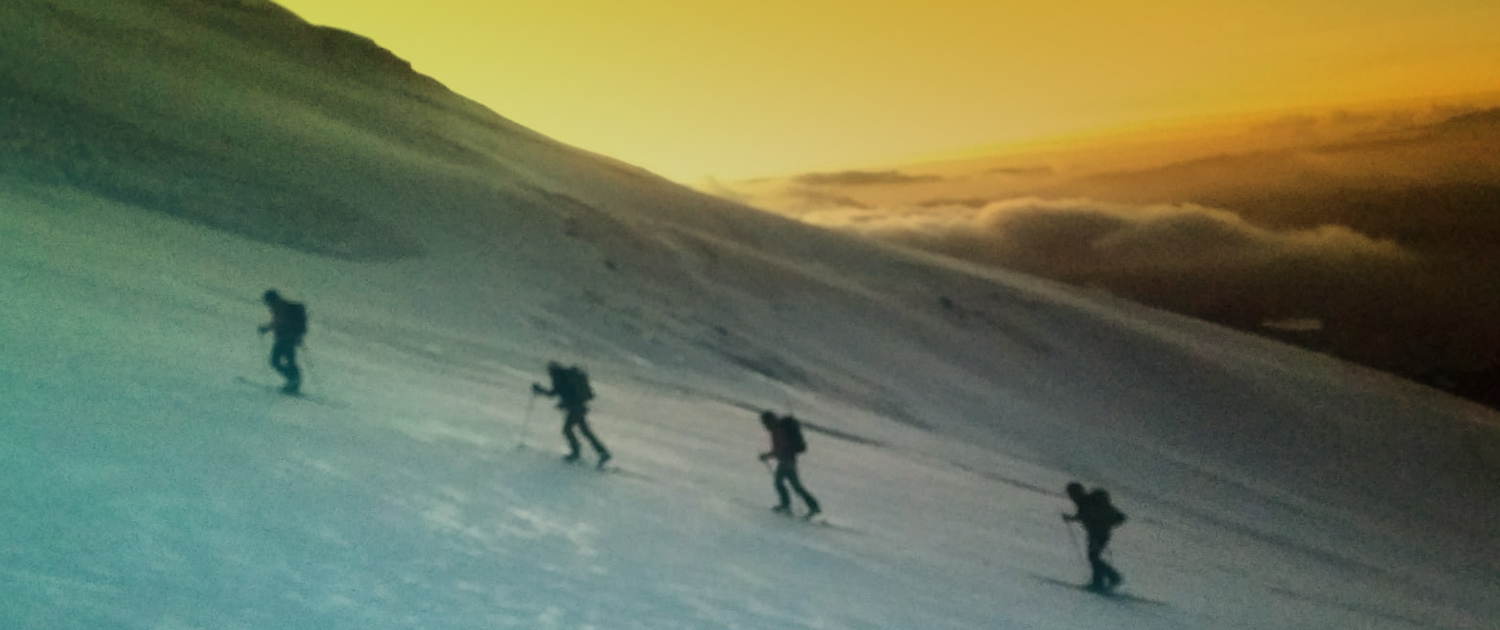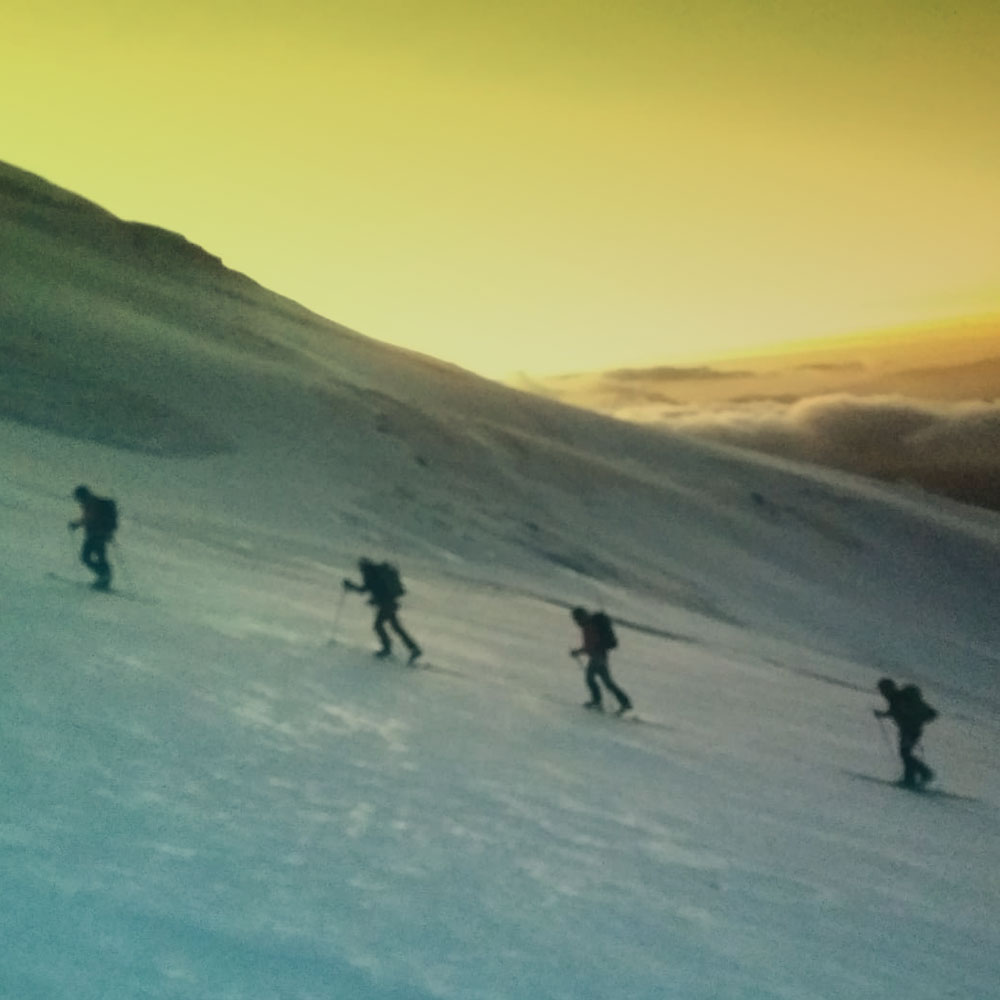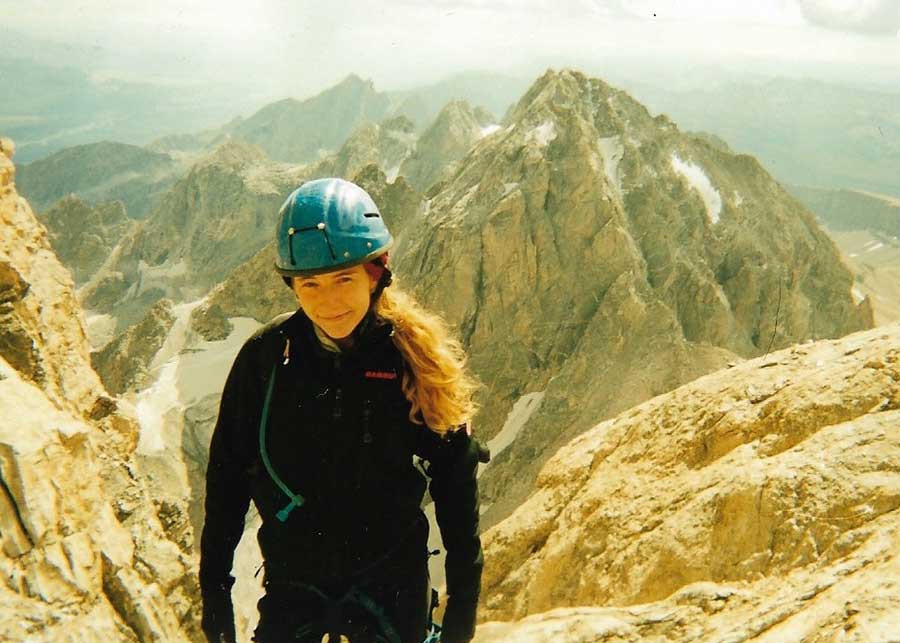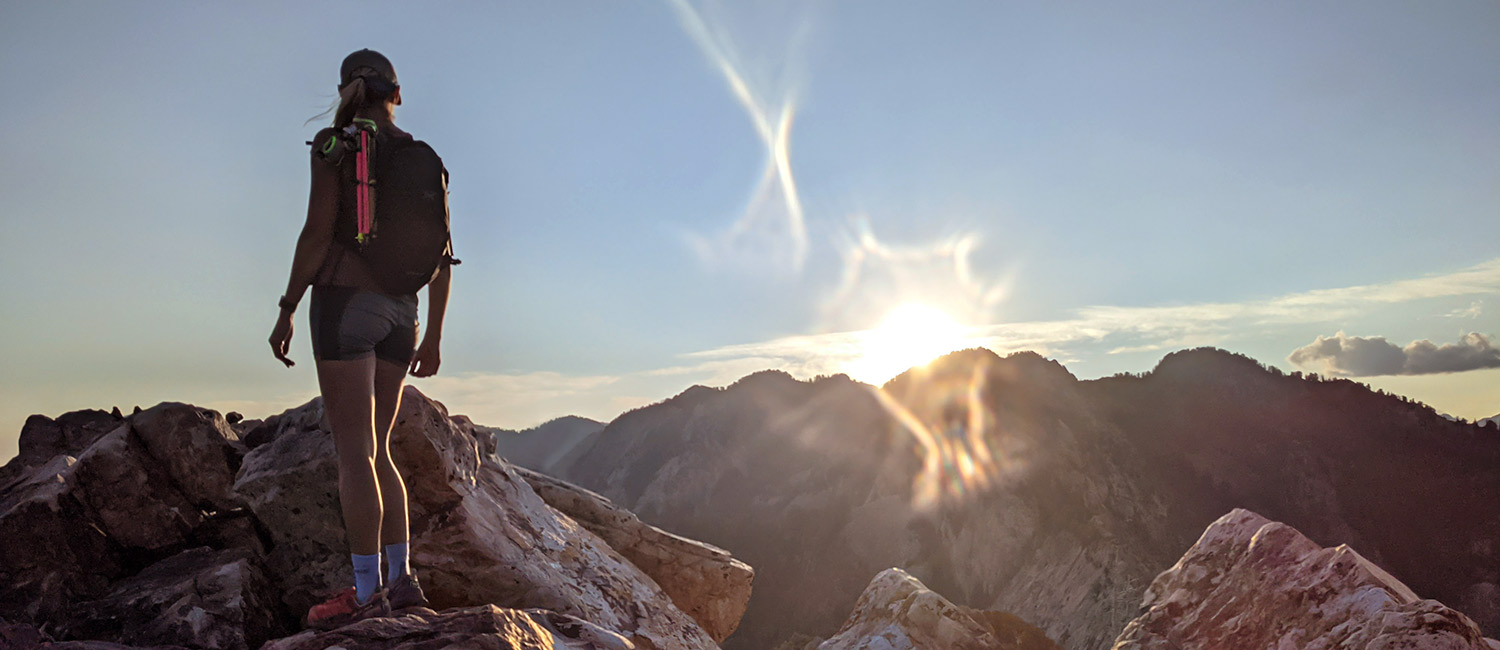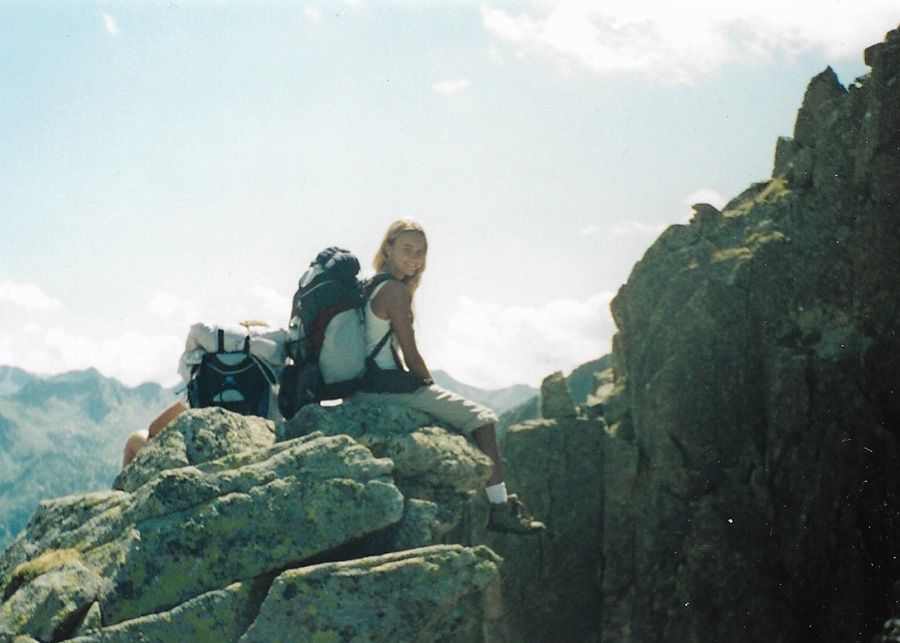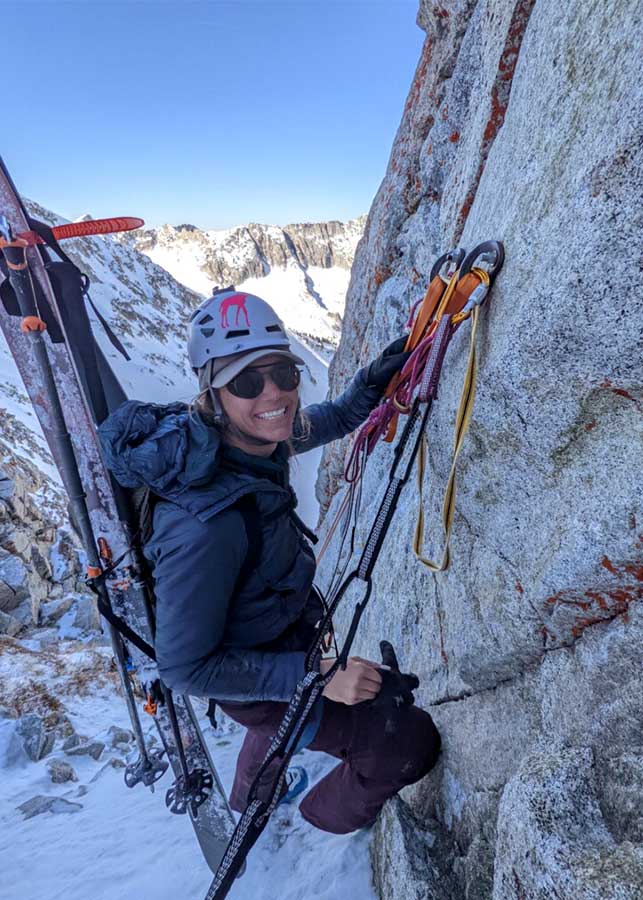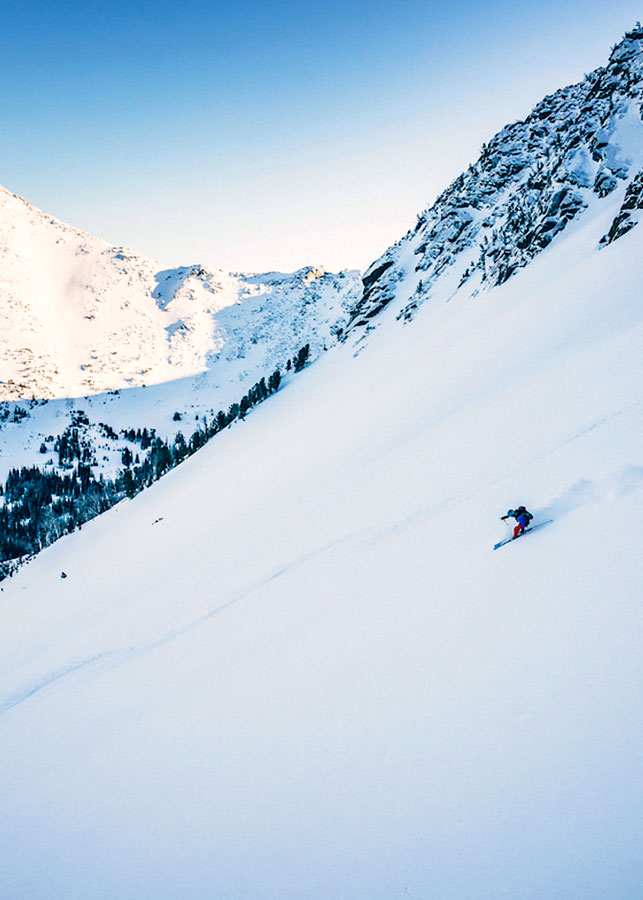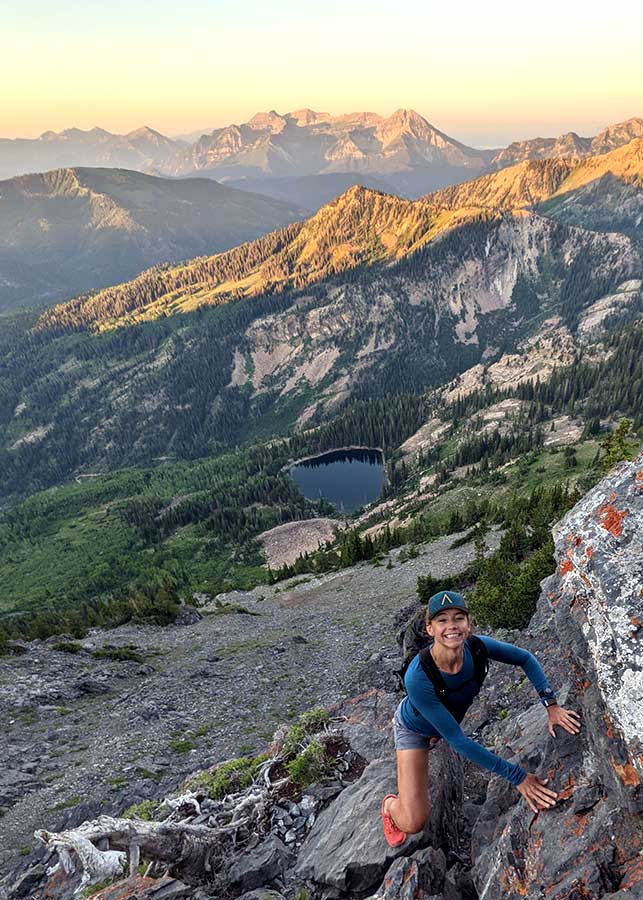A couple decades later, I still have frequent moments of flail, but they’re strung together by hours of flow state and a contented pride in general mountain-sport competence.
I discussed this story with a close friend who laughingly (but honestly) pointed out, “Every white girl has a story about overcoming sexism.”
True. Meanwhile, I have no idea if I identify as white. On forms, I check the “Hispanic” box in a nod to the complex cultural heritage that forged me. But my lighter hair and blue eyes make me a mashup who’s navigated this world without perceived racism, so long as people meet me in person before reading my last name.
And maybe the fact that I had such an uphill battle with so many things going my way is the reason I should talk about my entry into outdoor sports. Because even if socioeconomic barriers aren’t present, misogyny, whether subversive or overt, drags like invisible ankle weights—the added friction quietly burning blisters under our collective mountaineering boots.

